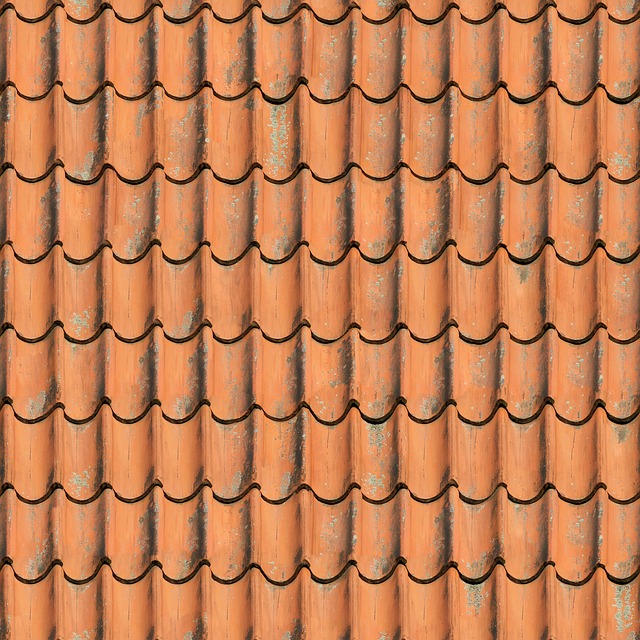Emergency tarping is a crucial, temporary fix for homes damaged by storms, protecting against water intrusion and secondary issues like mold or rot while permanent repairs are arranged. Before tarping, conduct a thorough damage assessment to ensure adequate protection. Use high-quality, durable tarps from reputable manufacturers to shield against wind, rain, and UV rays until permanent residential storm roof repair is completed. While tarps offer temporary relief, prompt professional repairs are essential for maintaining structural integrity and preventing future water damage.
“In the aftermath of severe storms, immediate action is crucial for homeowners facing damaged roofs. Emergency tarping emerges as a vital temporary solution to shield properties from further weather exposure, mitigate water damage, and provide critical time for professional repairs. This comprehensive guide delves into the essentials of emergency tarping for residential storm roof repair, covering understanding its utility, assessing damage, selecting appropriate materials, step-by-step application, and post-tarp care.”
Understanding Emergency Tarping: A Temporary Solution for Storm Damage
Emergency tarping is a crucial temporary solution for homes facing storm damage, serving as a critical step before comprehensive repairs, especially in cases of residential storm roof repair. It involves the swift installation of waterproof tarps over damaged roofs to shield against further elements, preventing water intrusion and minimizing secondary damage like mold growth or structural rot. This immediate measure buys time for homeowners, protecting their properties from escalating weather-related losses until permanent repairs can be arranged.
Assess the Scope of Roof Damage Before Application
Before applying emergency tarping, it’s crucial to assess the scope of roof damage in a residential storm roof repair scenario. This involves a thorough inspection to identify areas where the roof is compromised, such as missing or damaged shingles, leaks, or structural integrity issues. It’s essential to ensure that the tarping will provide adequate protection against further weather exposure while repairs are arranged.
During the assessment, pay close attention to the extent of water intrusion and the overall stability of the roof structure. This step is vital in determining the appropriate tarp placement and ensuring it covers all vulnerable areas effectively. Remember that a professional eye can spot potential problems not immediately apparent to homeowners, making the process more efficient and secure for your property.
Choosing the Right Materials: Types and Standards of Emergency Tarps
When it comes to emergency tarping for residential storm roof repair, selecting the appropriate materials is paramount. The right tarp should offer superior protection against elements like wind, rain, and UV rays while being durable enough to withstand harsh conditions. Look for tarps made from high-quality, water-resistant materials such as polyethylene or polypropylene, which are known for their strength and longevity. Reputable manufacturers adhere to specific industry standards ensuring performance and safety; seek tarps with certifications indicating their ability to resist tears, punctures, and fire. These standards provide peace of mind, knowing your home is protected by a reliable barrier against the elements during roof repairs.
Step-by-Step Guide to Efficiently Apply Emergency Tarps on Residential Properties
Applying emergency tarps to protect your home after a storm is a crucial step in residential storm roof repair. Here’s a straightforward, step-by-step guide for efficient application:
1. Assess Damage: Begin by thoroughly inspecting your property and identifying areas of damage. Look for missing or damaged shingles, leaks, or any signs of water intrusion. Prioritize repairs based on urgency, focusing on protecting essential areas first.
2. Gather Materials: Ensure you have the necessary tools and materials on hand, including emergency tarps, rope, and staples or clips specifically designed for tarping. Tarps should be large enough to cover damaged sections of your roof and have adequate strength to withstand further weather exposure.
Post-Tarp Care: Long-term Protection and Professional Roof Repair Considerations
After emergency tarping is in place, it’s crucial to understand that this is a temporary fix. While tarps protect against further weather exposure and prevent water intrusion, they do not repair or replace damaged shingles or roofing materials. Long-term protection requires professional residential storm roof repair services as soon as possible after the initial tarp installation.
Delving into prompt roof repair ensures your home is adequately protected from future storms and potential water damage. In terms of maintaining your investment, regular inspection and timely repairs are key. A professional roofer can assess the extent of the damage, replace missing or damaged shingles, and ensure proper sealing to safeguard your home’s structural integrity and interior against moisture intrusion.
When facing severe weather, emergency tarping is a vital step in protecting your home. By understanding the process from material selection to post-application care, as outlined in this guide, you can effectively mitigate further damage and ensure prompt action for your residential storm roof repair. Remember, while tarps offer temporary relief, professional roof restoration services are crucial for long-term protection.
